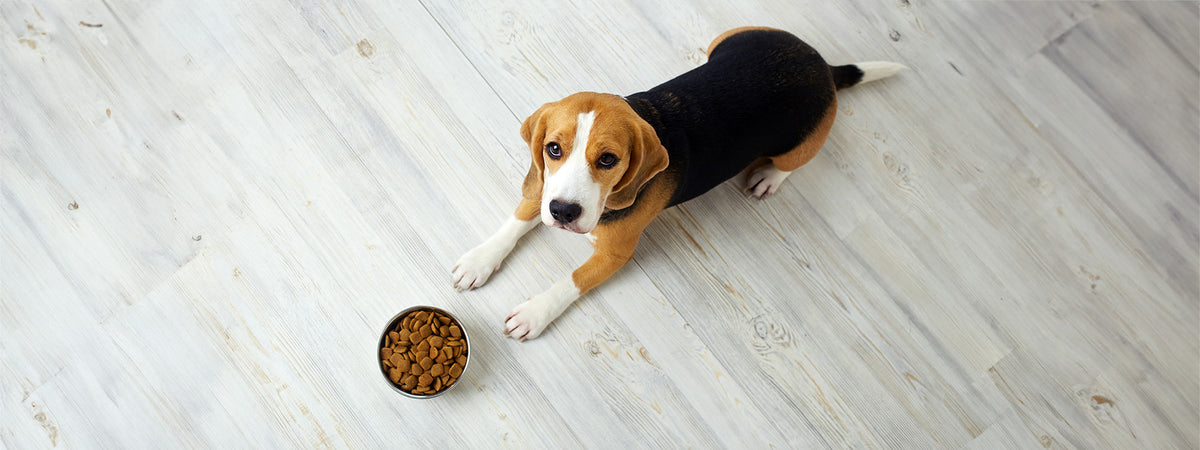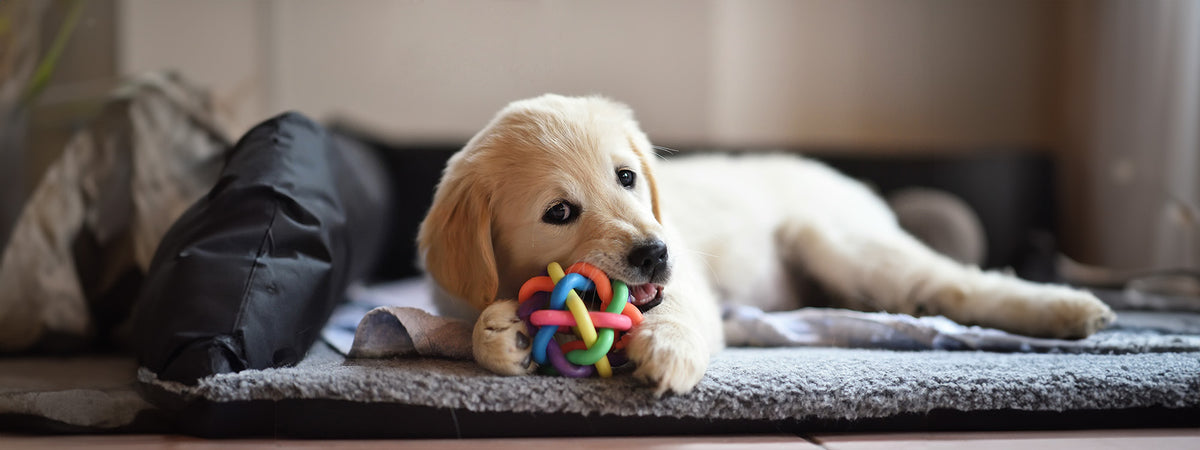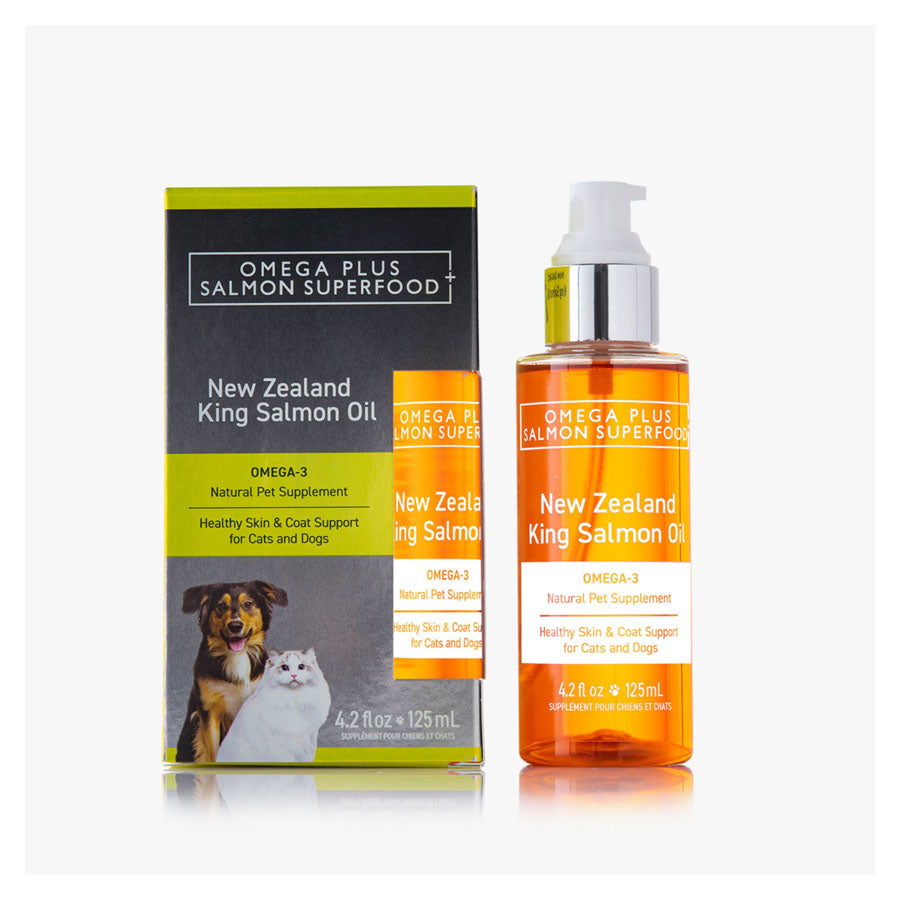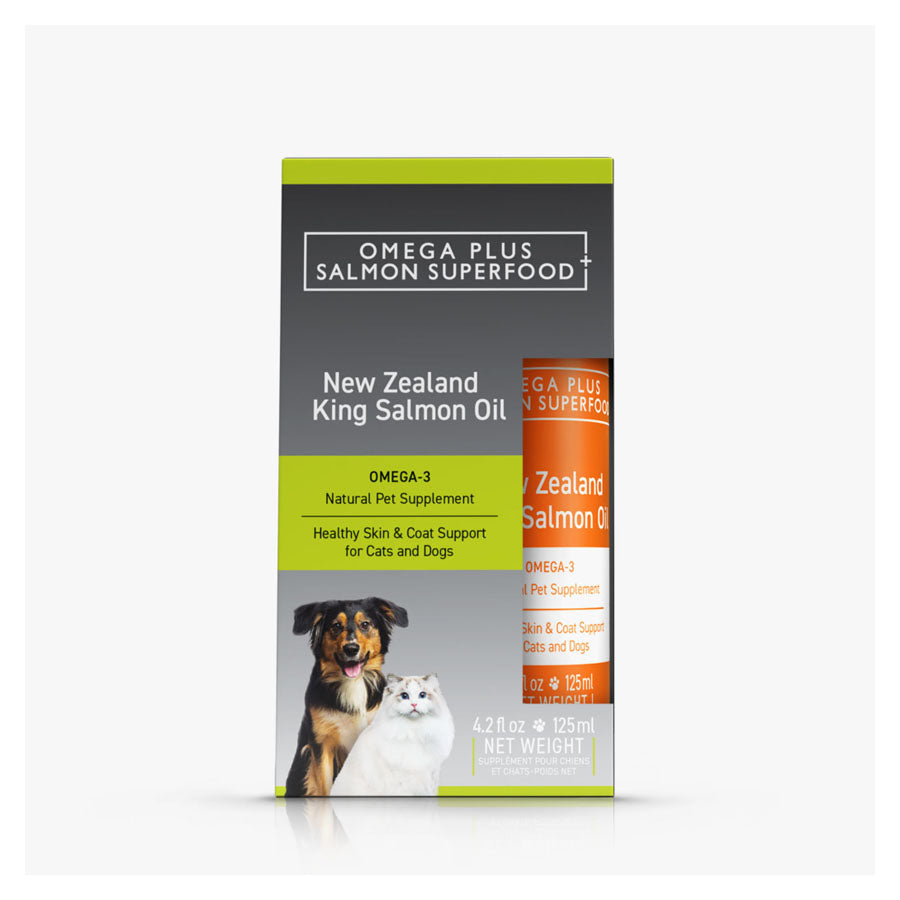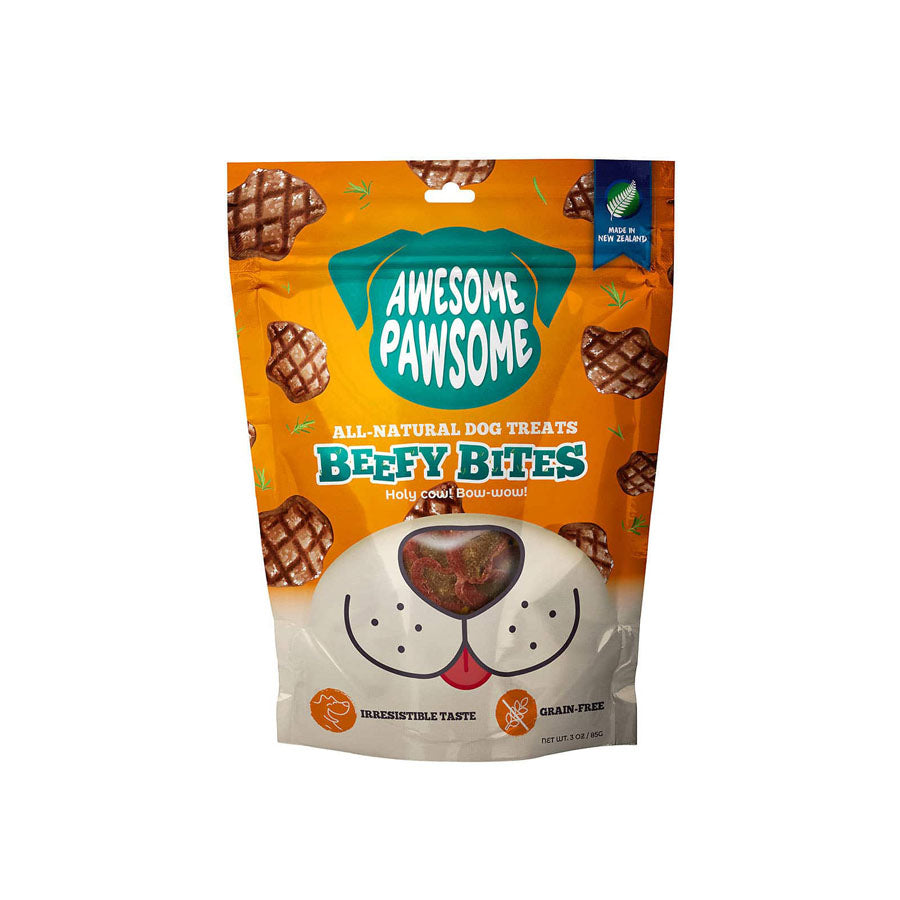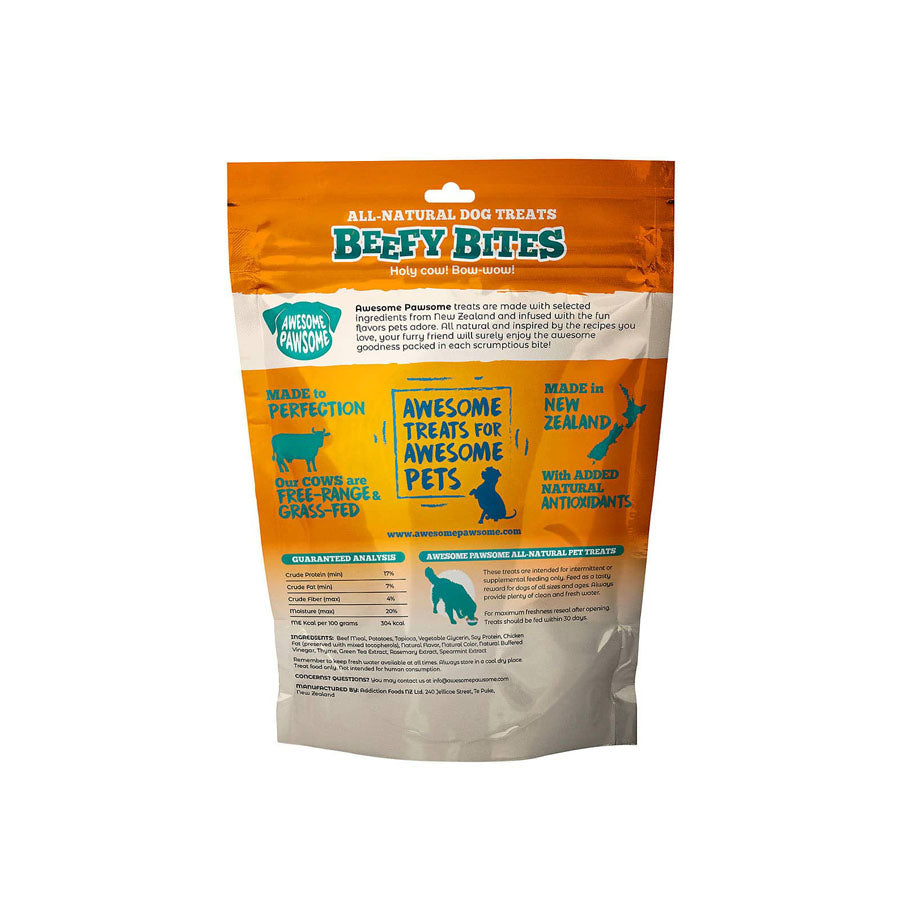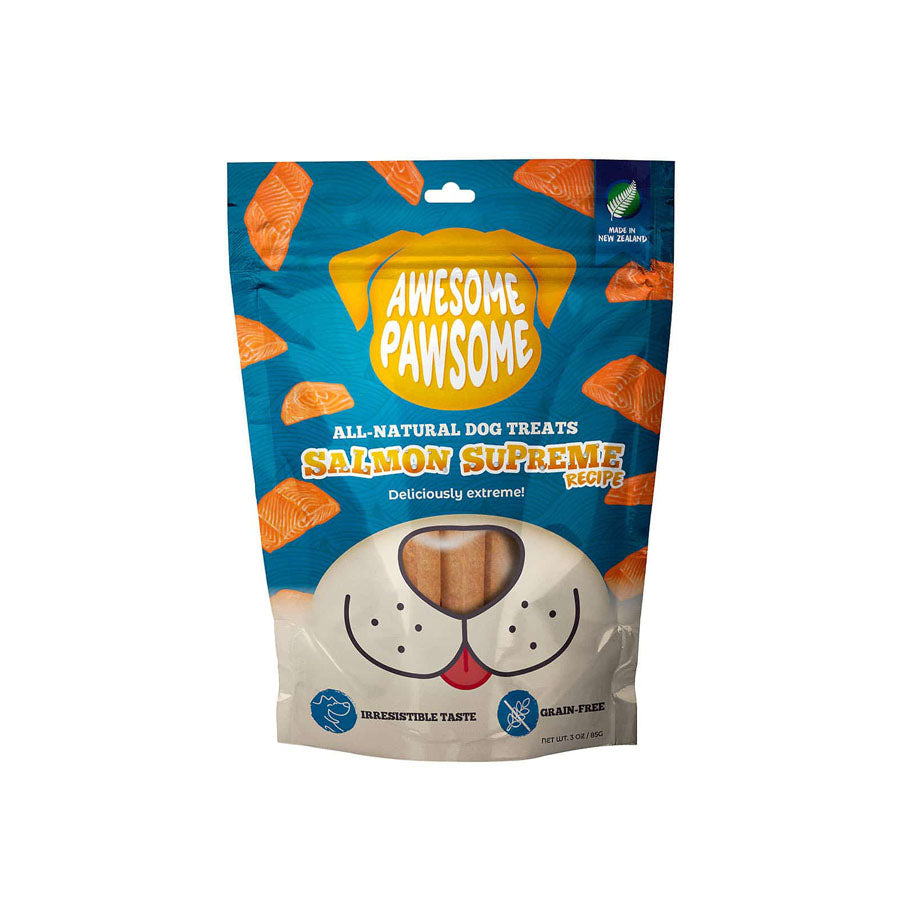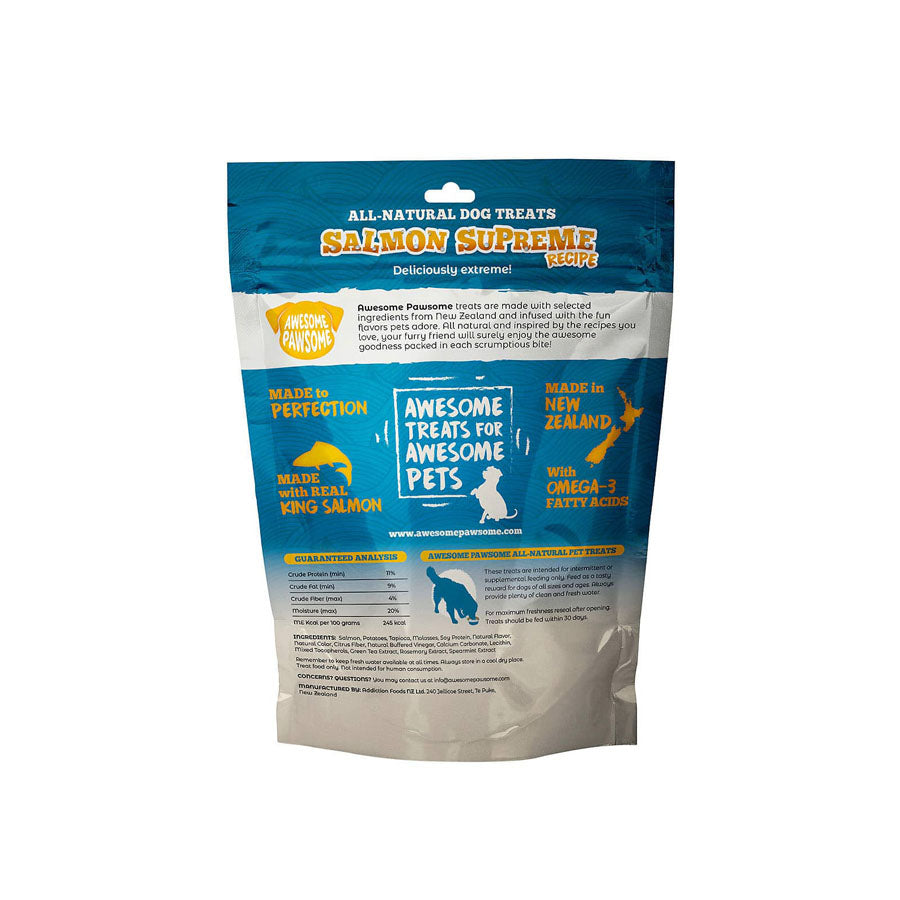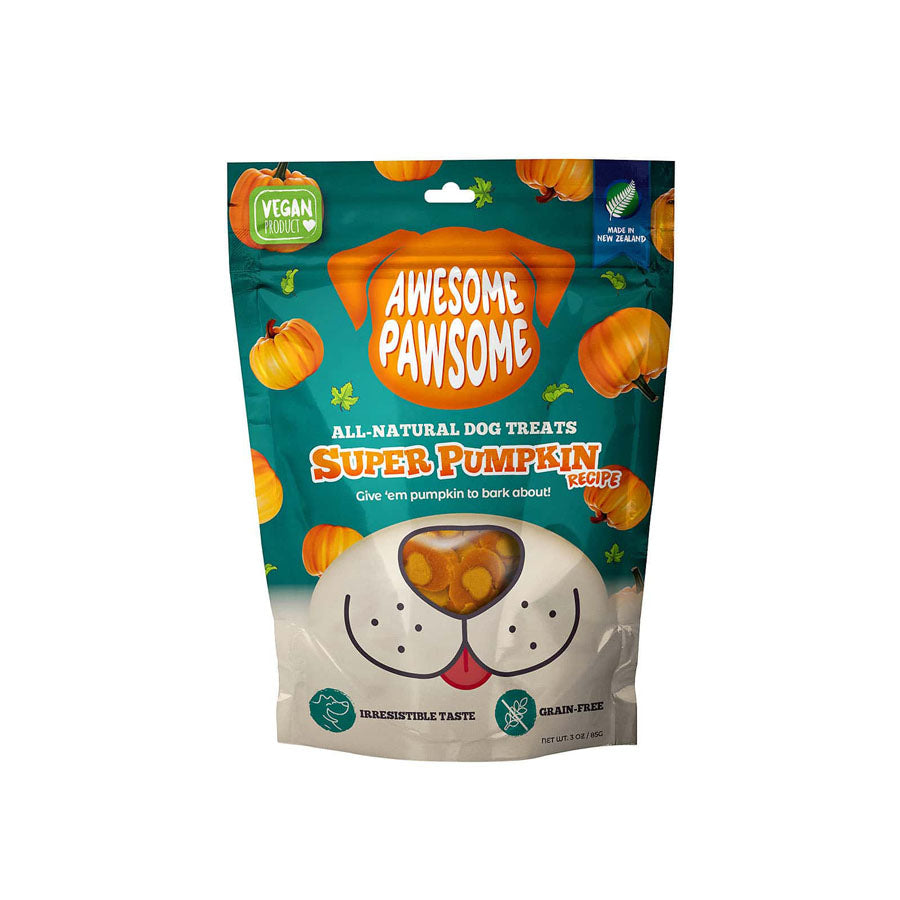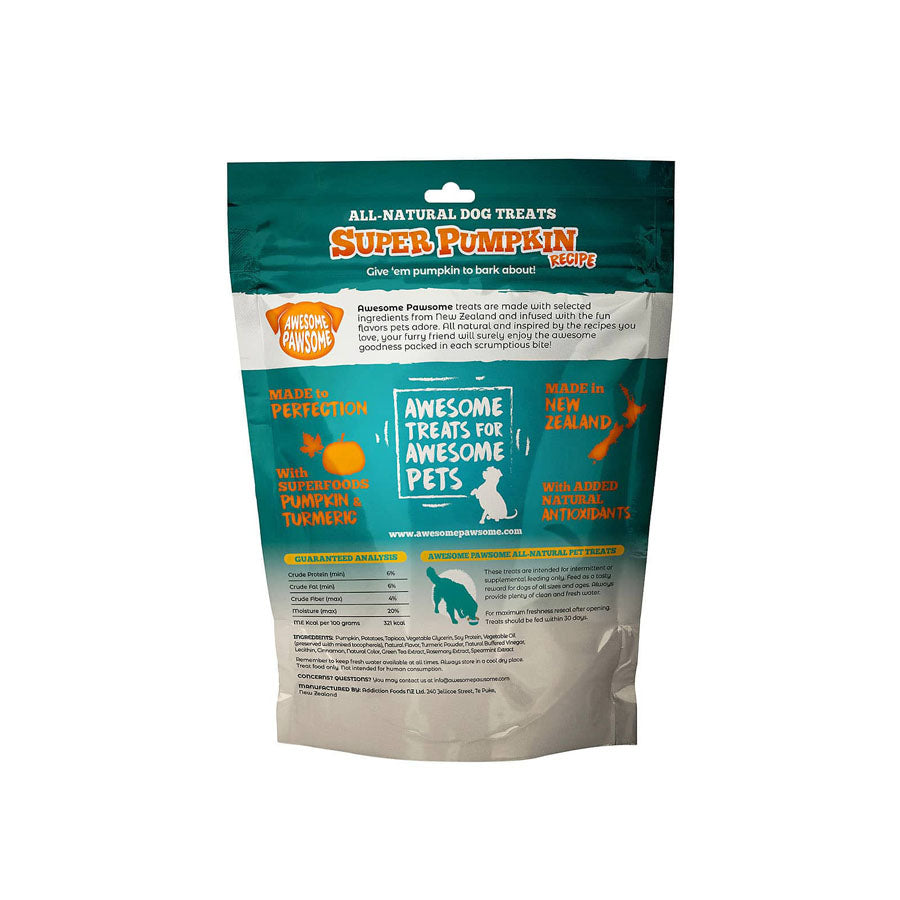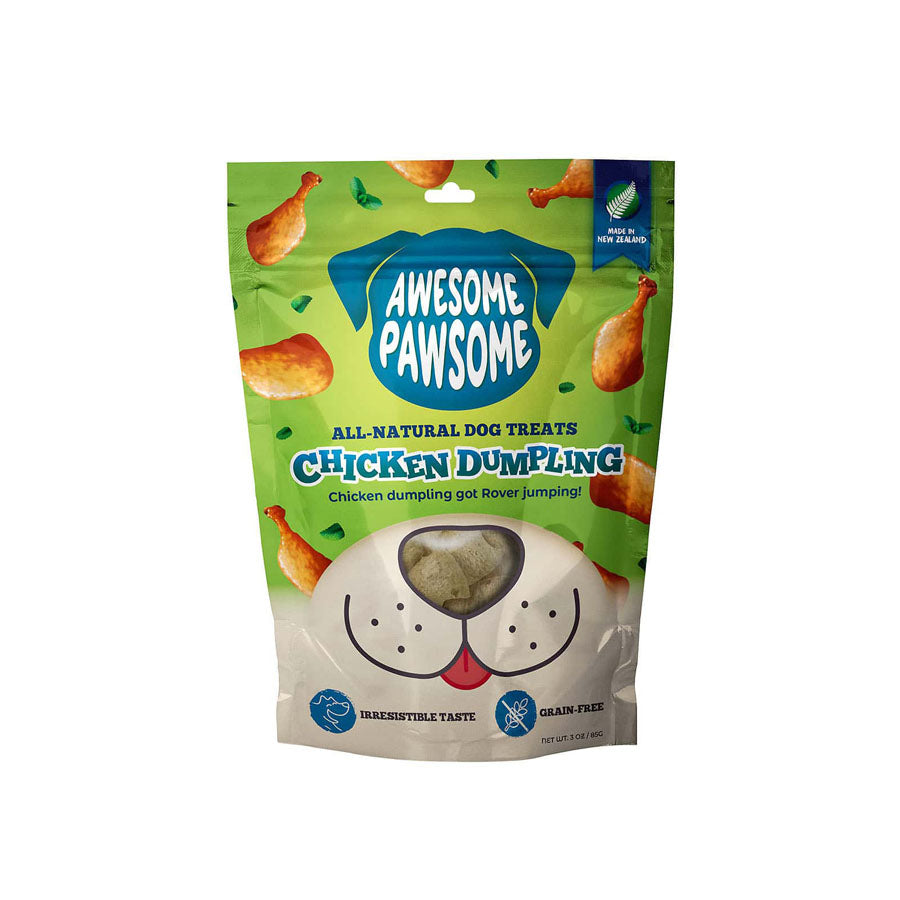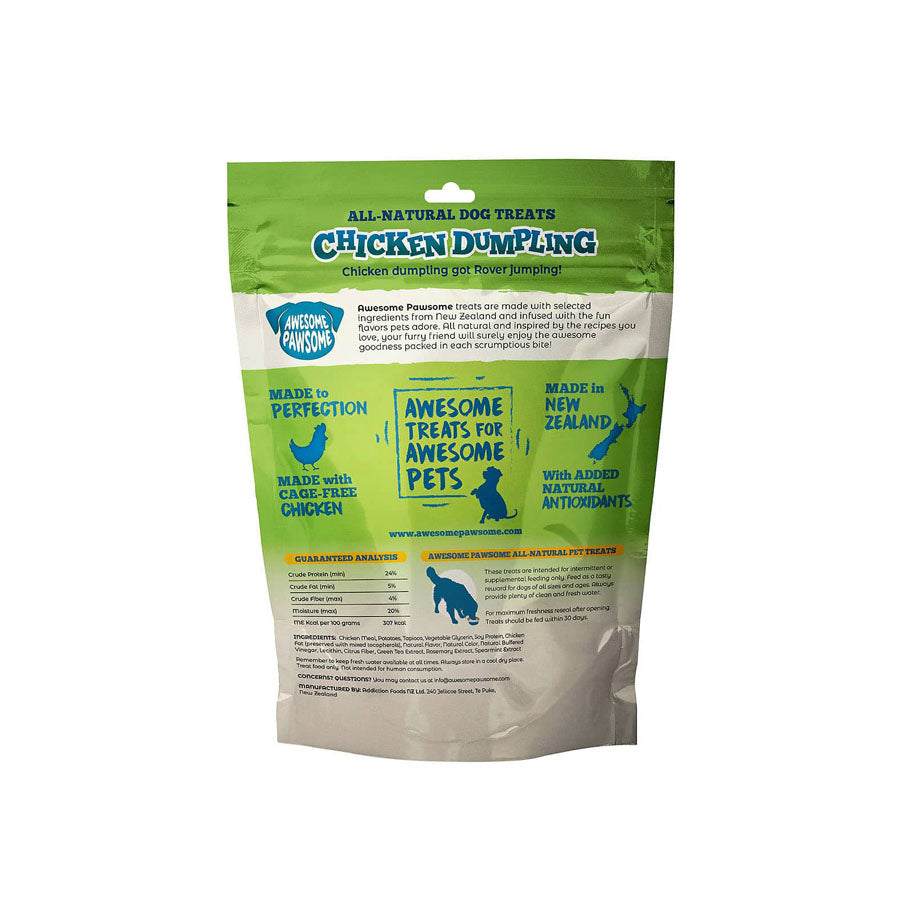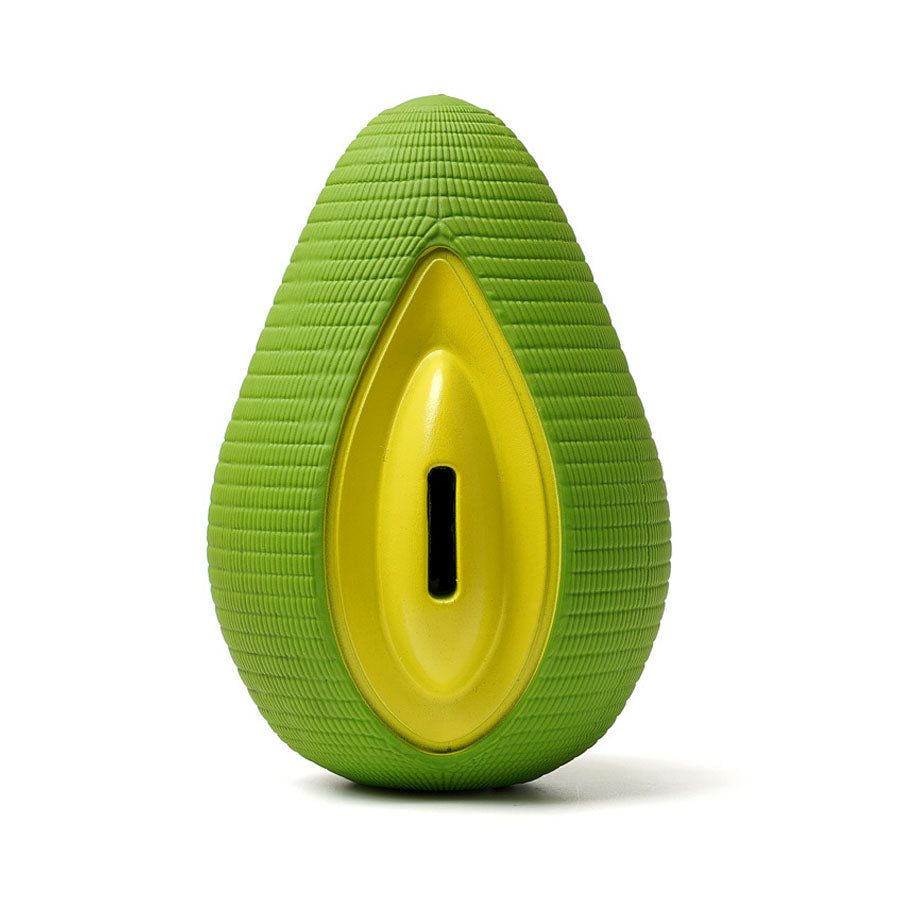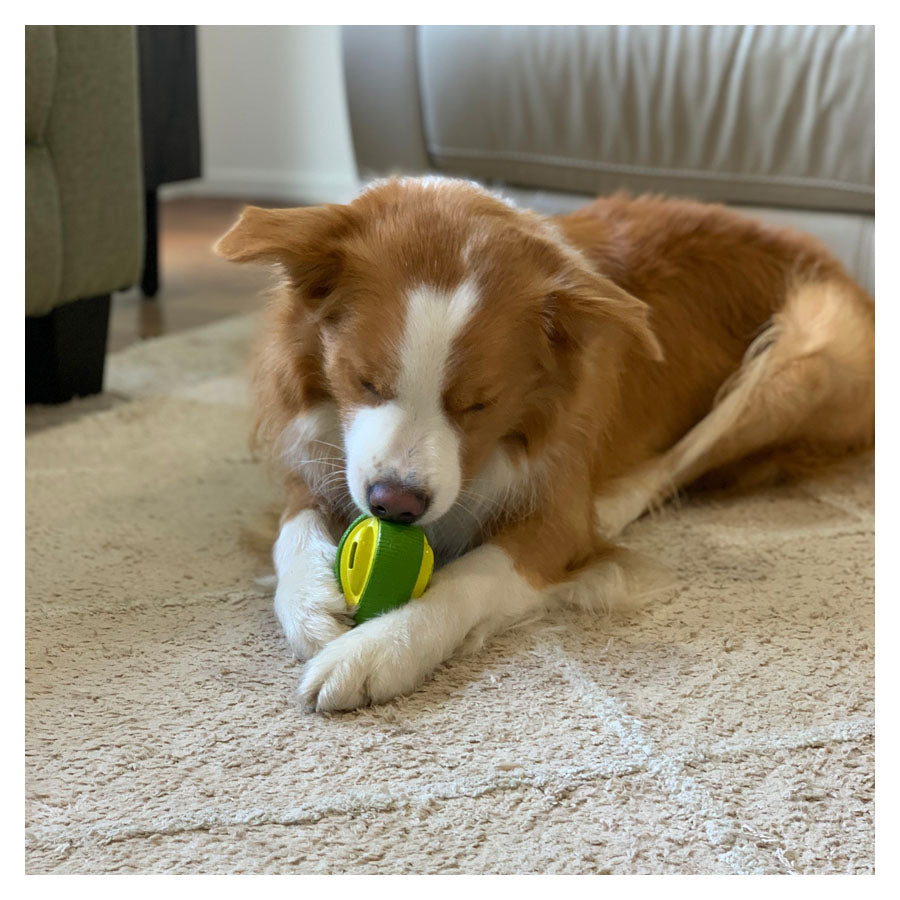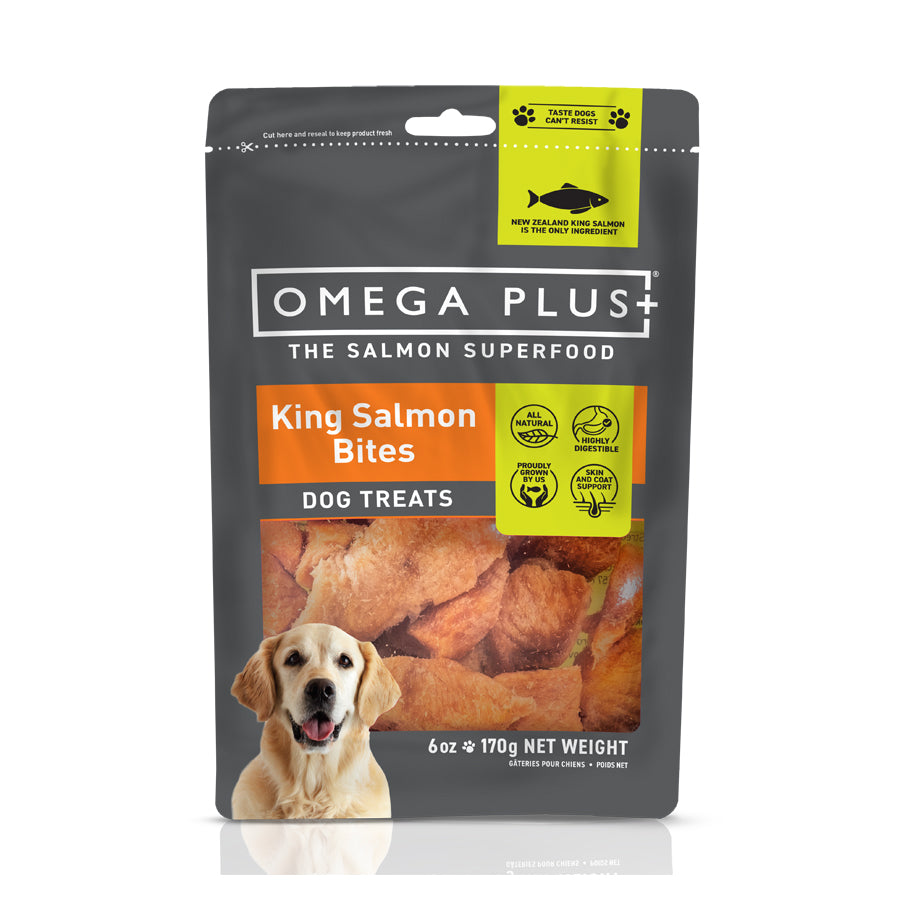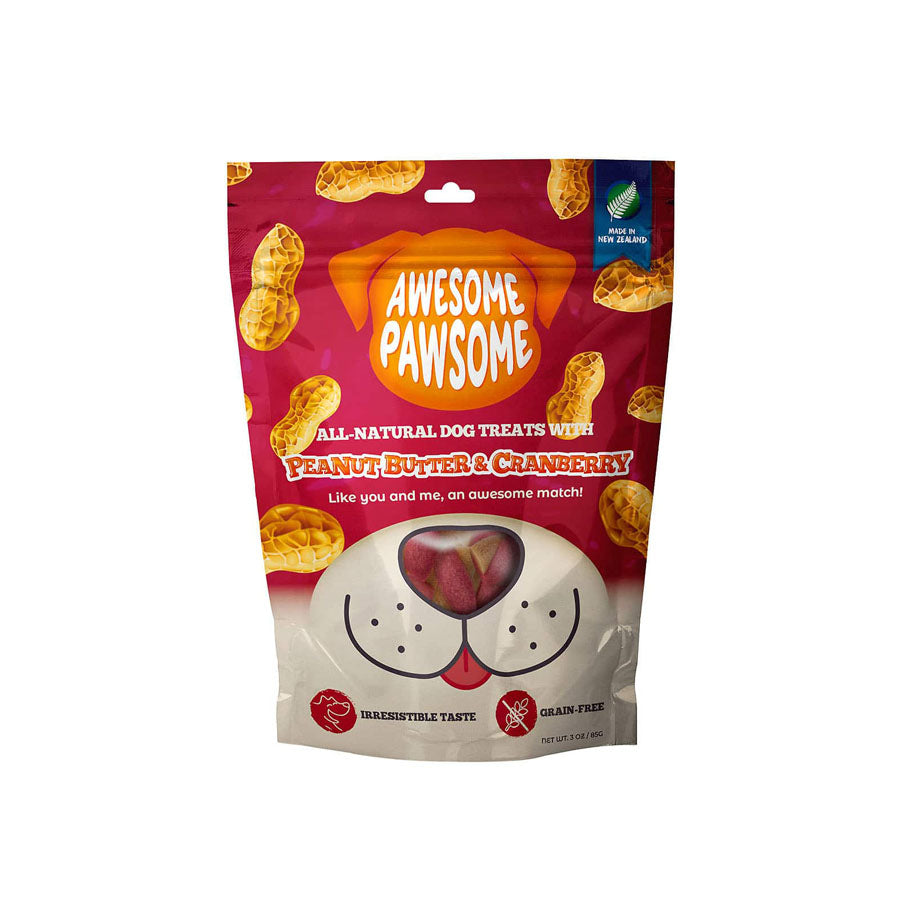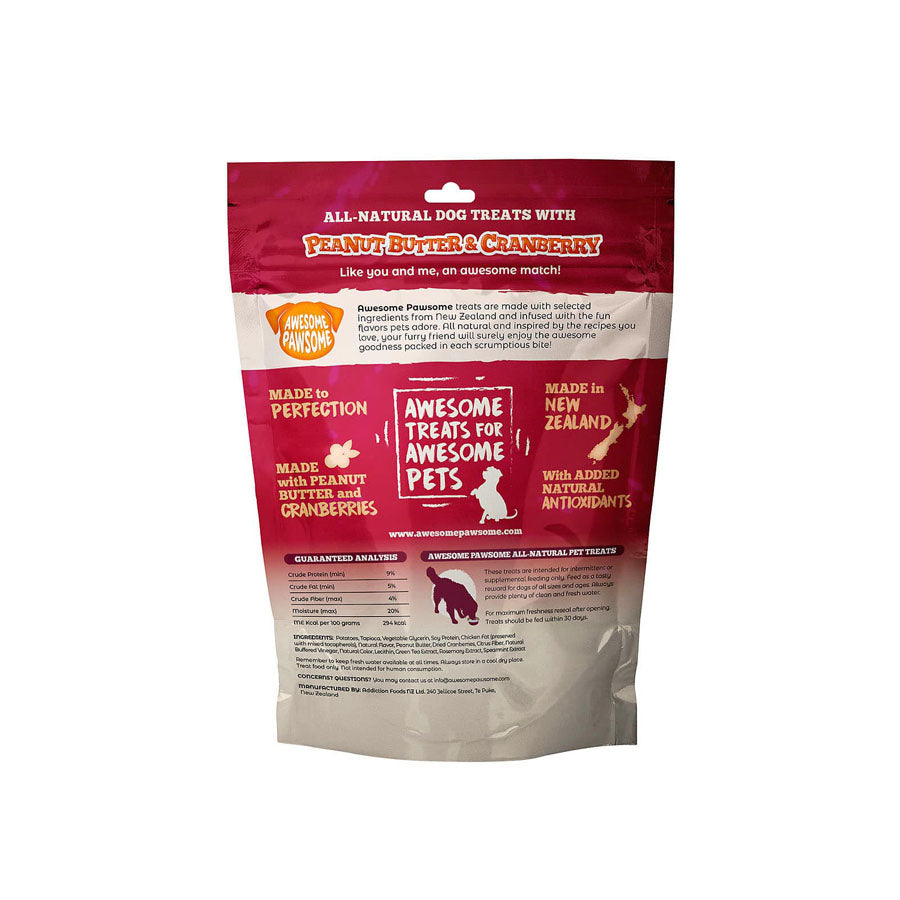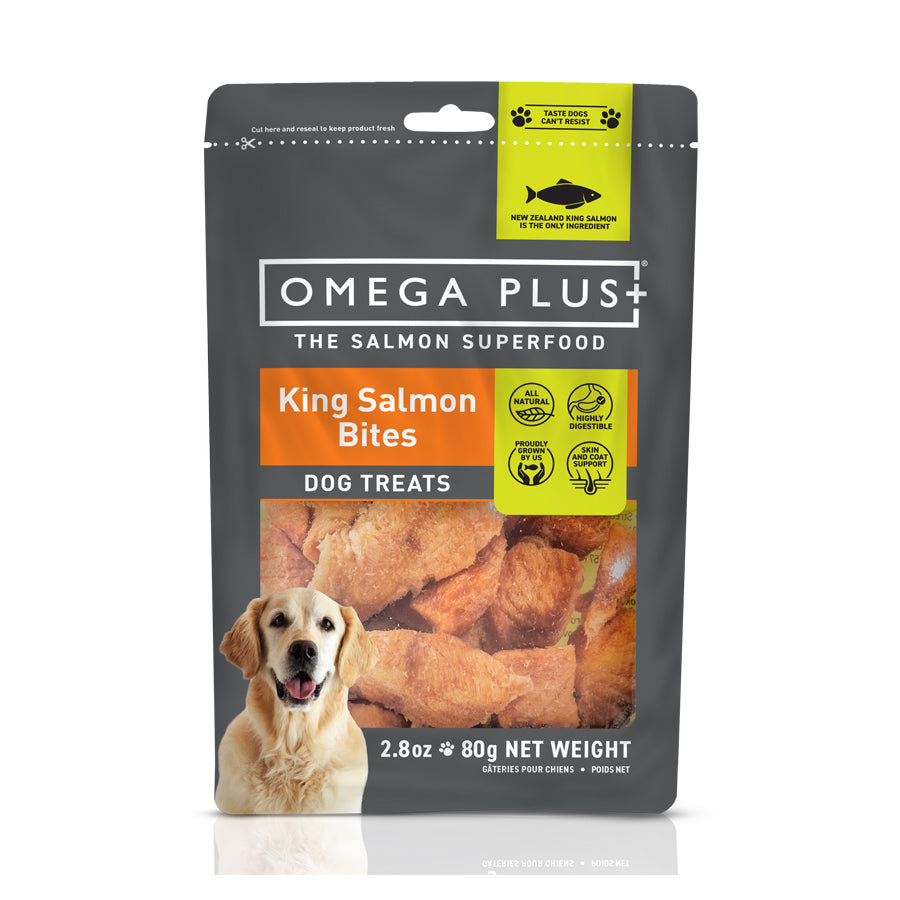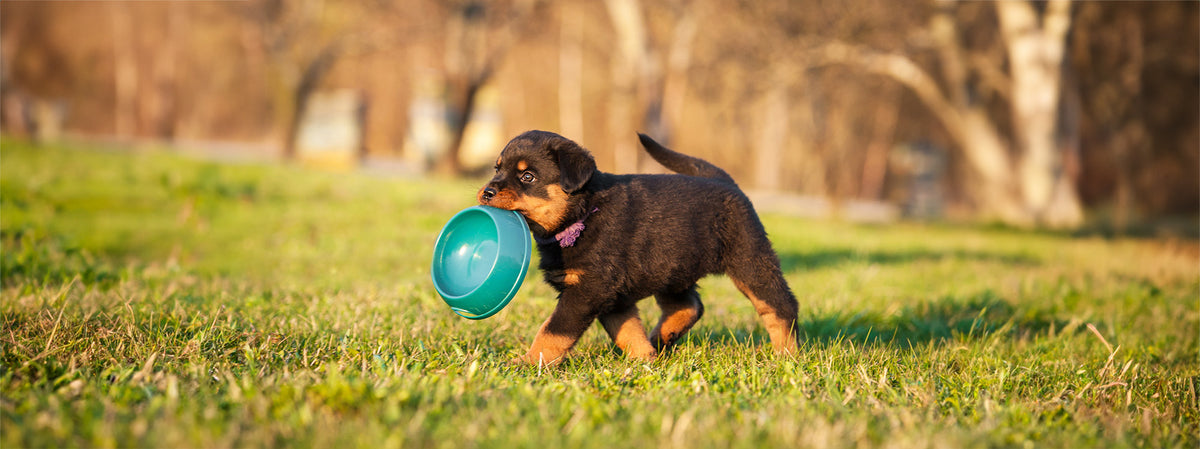
Bowled Over: The Pawsome Truth about Dog Bowl Materials!
Do you have the correct information when it comes to your dog's feeding dish? Dive into our comprehensive guide, specifically crafted to provide clarity on the safety of various dog bowl materials.
Are ceramic dog bowls safe?
Absolutely, ceramic dog bowls can be safe for your four-legged friend, provided they are lead-free and properly maintained. Some ceramics may contain lead or other harmful materials in the glaze, which can be toxic to your pets. Always look for ceramic bowls that are labeled as "lead-free" to ensure safety or buy ceramic bowls specifically from pet supplies stores. Additionally, ceramic bowls are prone to chipping and cracking. A damaged bowl not only poses a physical hazard, but cracks can also harbour bacteria. Thus, regular inspection of your ceramic bowls is crucial. For example, if you have a ceramic bowl from a local artisan (like the handmade ones at your local farmers market), make sure to check it regularly for cracks and always ask the artist about the materials used in the glaze.
Are plastic dog bowls safe?
Plastic dog bowls, while durable and inexpensive, can pose some risks. Certain types of plastic may contain BPA or other harmful chemicals, which can leach into your dog's food or water, especially when heated or scratched. Furthermore, some dogs might be allergic to plastic, resulting in skin irritation around their mouths. Also, plastic bowls are susceptible to scratches, which can become breeding grounds for bacteria. When choosing a plastic bowl, look for ones labeled as BPA-free and dishwasher safe, and be sure to replace them if they get scratched or damaged. For instance, while the vibrant coloured plastic bowls at the pet store may be appealing, make sure to look for those safety labels before purchasing (like the BPA-free ones from brands like Outward Hound).
Are stainless steel dog bowls safe?
Stainless steel dog bowls are generally considered the safest, most durable option. They are often recommended by veterinarians due to their durability, resistance to rust, and difficulty in harbouring bacteria. They don't have the chipping problems of ceramic or the scratching issues of plastic, meaning they last longer and stay cleaner. However, a downside to stainless steel bowls is that they can be noisy, especially for dogs who wear tags or are skittish eaters. So, if you've got a fussy Labrador, a rubber-bottomed stainless steel bowl could help reduce the noise and make meal times more peaceful.
Keep Learning
Limited Time - Sale Items
- Regular Price
- from $11.99
- Sale Price
- from $11.99
- Regular Price
-
$15.99
- Unit Price
- per
- Regular Price
- $4.12
- Sale Price
- $4.12
- Regular Price
-
$5.49
- Unit Price
- per
- Regular Price
- $4.12
- Sale Price
- $4.12
- Regular Price
-
$5.49
- Unit Price
- per
- Regular Price
- $4.12
- Sale Price
- $4.12
- Regular Price
-
$5.49
- Unit Price
- per
- Regular Price
- $4.12
- Sale Price
- $4.12
- Regular Price
-
$5.49
- Unit Price
- per
- Regular Price
- from $11.62
- Sale Price
- from $11.62
- Regular Price
-
$15.49
- Unit Price
- per
- Regular Price
- $13.99
- Sale Price
- $13.99
- Regular Price
-
$19.99
- Unit Price
- per
- Regular Price
- $19.49
- Sale Price
- $19.49
- Regular Price
-
$25.99
- Unit Price
- per
- Regular Price
- $4.12
- Sale Price
- $4.12
- Regular Price
-
$5.49
- Unit Price
- per
- Regular Price
- $10.12
- Sale Price
- $10.12
- Regular Price
-
$13.49
- Unit Price
- per
